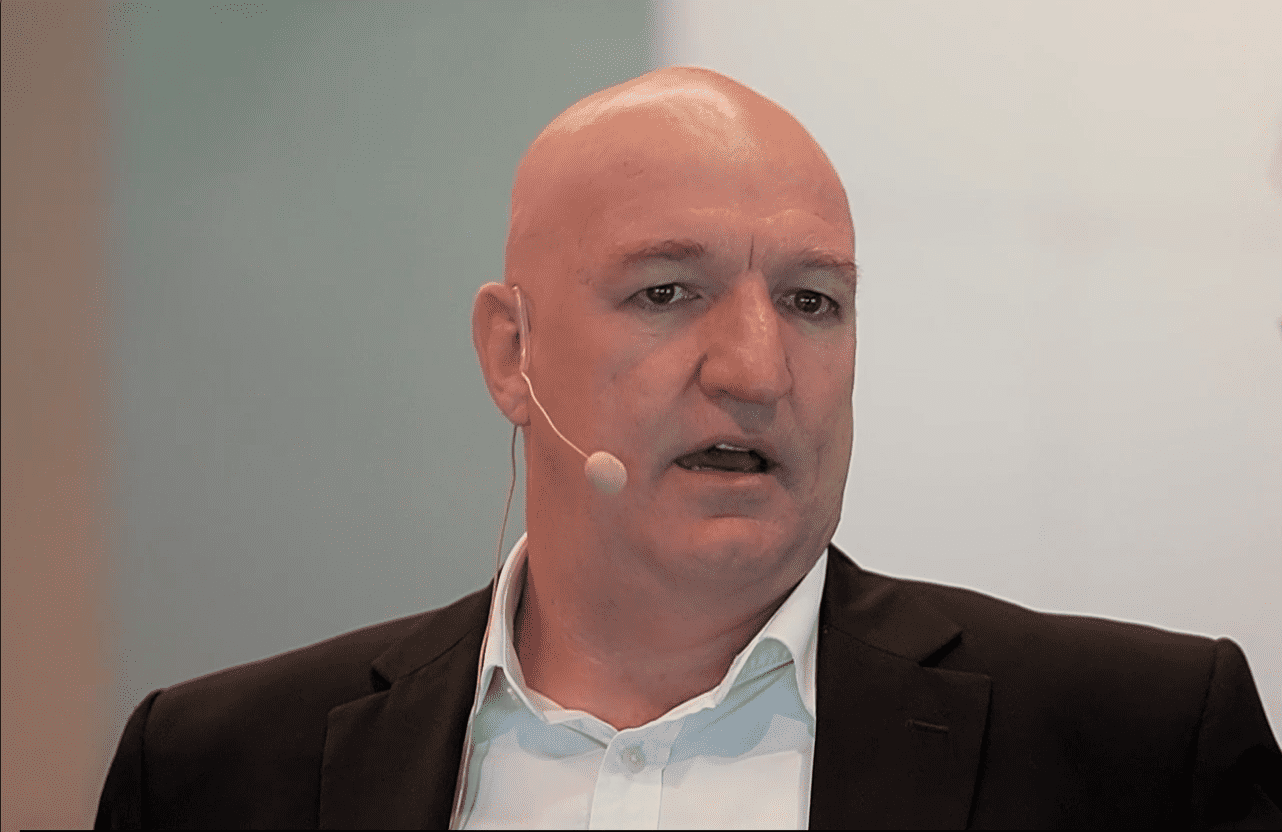The VanEck MSCI International Quality ETF (ASX: QUAL) is the biggest ASX-listed exchange-traded fund (ETF) holding in my portfolio. It's a deliberate choice because the fund offers several characteristics that I don't get with many of my other investments.
This investment is so good that it could arguably work as someone's only investment, though I wouldn't advocate doing that.
Just so you know, the QUAL ETF invests in a portfolio of 300 high-quality stocks from a variety of countries across the world.
I'm going to run through why the ASX ETF appeals so much and what it offers for my own portfolio.
International businesses
As someone living in Australia, it's understandable why my portfolio is focused on ASX-listed businesses. Australian companies are where I have the most experience, and there are some tax advantages for me by focusing on Australian shares.
But there are plenty of high-quality international businesses beyond the ASX that are worth getting exposure to.
By investing in this fund, I believe I'm getting exposure to some of the strongest businesses the world has ever seen, which is a good description of a portfolio to own.
The ASX ETF is invested in businesses like Nvidia, Alphabet, Microsoft, Meta Platforms, Apple, Visa, Eli Lilly, and Netflix.
Deliberately high quality
This is not just a portfolio of 300 of the largest businesses in order of size. It's 300 businesses that have been viewed as some of the highest-quality businesses across the global stock market.
I believe the ASX shares I own are high-quality, but arguably, the companies in the QUAL ETF's holdings are the highest-quality names in the world, not just the best on the ASX.
There are three metrics that a business is ranked on for consideration in this portfolio.
First, the business should have a high return on equity (ROE), meaning the company makes a high level of profit compared to the level of shareholder money retained in the business. It's a great sign of quality and suggests further strong profits if the business reinvests in itself, which is why businesses like Microsoft and Meta Platforms have impressive track records of growth, in my view.
Second, the company needs to have earnings stability. That implies profit doesn't usually go backwards, meaning it's nearly always growing – a great tailwind for share price growth.
Third, the QUAL ETF holdings must have low financial leverage, which means their balance sheets are in great shape and they're not paying much in interest.
When you put all of those factors together, it's not a surprise to me that the QUAL ETF has delivered an average return per year of 14.7% over the decade to June 2025. That's not a guarantee of future returns, of course.
Low dividend yield
Many of my investments are focused on generating dividend income alongside capital gains. The types of businesses that the QUAL ETF is focused on means it has a low(er) dividend yield compared to almost every other investment that I own.
I do like the cash flow of dividends, but a low dividend yield should mean less taxable income for me and more money retained by the ASX ETF for further capital gains.
With how the fund is designed, I'm hopeful it can continue to deliver pleasing returns.









